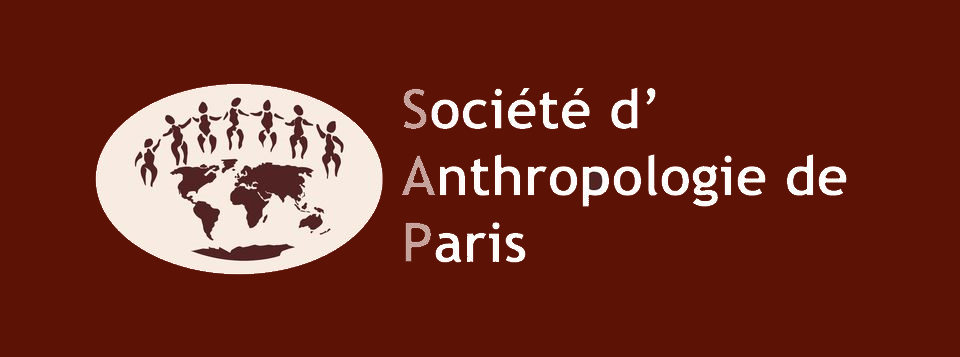January 27-29, 2021 (online)
Theme 1: Humankind(s): Definition(s), diversity and limits
Invited speaker: Thierry Hoquet - Combien y a-t-il d’espèces humaines ? -
Currently, humankind is constituted by a single species, Homo sapiens, clearly recognisable when compared to other primates. However, several human species coexisted during the evolutionary history of hominins, which raises the question: "What does it mean being human?" Whether it relates to hominin diversification, to the entire genus Homo, or only to our species H. sapiens, what are the biological, cultural and social criteria that would allow to define humankind or humankinds, and is this really possible?
The extant human populations are characterised by a huge biological diversity, inherited from a long history of migrations, adaptations to new environments and genetic interchange with closely related species, and which continues with the recent modifications in our environment – abiotic and biotic, social, cultural, technological and medical. Characterising these evolutionary forces impacting human groups (and their traits) involves integrating rich, heterogeneous, and multisource data [(palaeo-)genetics, development, morphology, physiology, behaviour, (pal-)ethnology, (palaeo-)primatology, etc.]
The aim of this session is, in a transdisciplinary perspective, to review the research relating to the effect of these evolutionary forces, more particularly selection pressures (past, present and future) acting on behaviour, phenotypes and genotypes. It will as well be about discussing their relevance in the framework of a definition of humankind, of its limits and of the arbitrariness inherent to any definitions.
Keywords: selection, evolutionary forces, variation, Homo sapiens, genus Homo, hominins
Scientific Committee: Guillaume Daver, Anne Le Maître, Aurélien Mounier, Sandrine Prat, Sébastien Vilotte
Theme 2 : Between the Living and the Dead: Intersecting Perspectives of a Relative and Fluctuating Boundary
Invited speaker: Marc-Antoine Berthod - Au cœur de la mort : passage de vie à trépas et engagement ethnographique -
Are the deceased absent or simply invisible? Are they part of the society or are they excluded from it? Where lies the boundary between the living and the dead? There is no universal answer to these questions: each society, each group, each individual, during each time period, defines its own points of reference and builds its own relationships with the dead. Thus, the criteria defining the state of biological death vary from one society to another. Social death appears to take on various forms of expression, resulting from a complex interaction with the living. This session aims to question this boundary between two worlds, from Prehistory to the present day, mainly through our disciplines of bioanthropology and funerary archaeology, but also from the perspective of other disciplinary fields (e.g. history, medicine, sociology, theology). The inscription of the funeral in time, the handling of the corpse or its remains, the location of the cemetery and the burials, its internal organisation etc., are all indications of the different relationships between the living and the deceased during the funerary rites but also, and even more notably, after their passage to the other world (e.g. post-burial practices, mourning, commemoration). This session welcomes contributions on this subject based on syntheses, case studies and methodological or epistemological reflections.
Keywords: corpse, relationship with the dead, society, rites of passage, memory, funerary time and space
Scientific Committee: Fanny Bocquentin, Cécile Buquet, Hemmamuthé Goudiaby, Sacha Kacki, Eline Schotsmans
Theme 3: Scientific breaking news
Scientific Committee |
Organising Committee |



